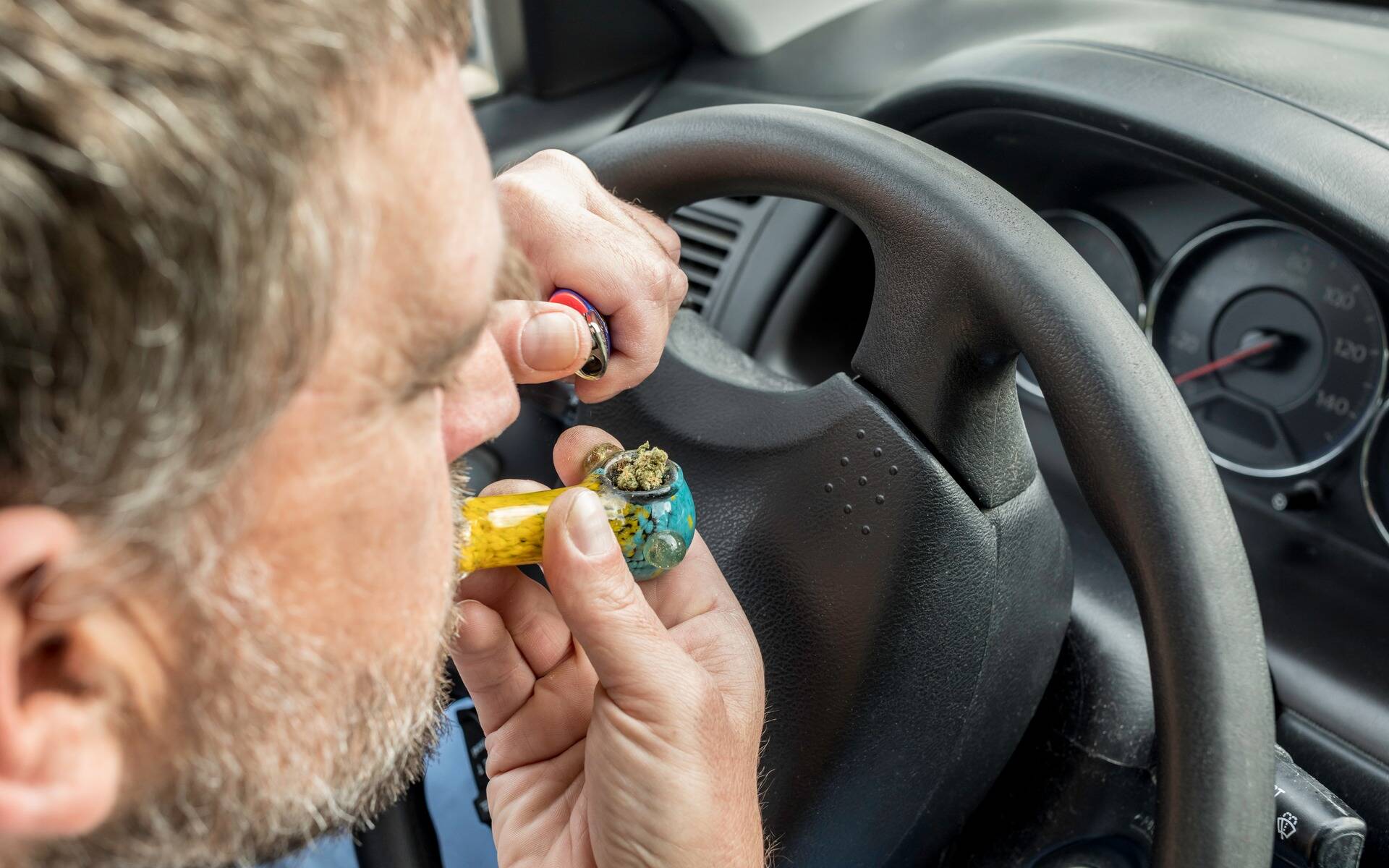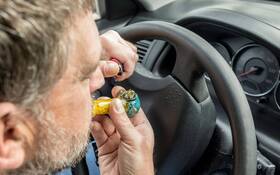5 Myths About Drugs and Driving
Distractions caused by cell phones and other technologies while driving are often under the spotlight these days, but let’s not forget that the use of alcohol or drugs behind the wheel is also becoming a worrying issue.
If you think police officers can’t detect if someone has been smoking cannabis before driving, think again! This is precisely what this article is about.
Here are five myths about smoking and driving, according to the SAAQ (Société de l’assurance automobile du Québec):
Myth 1: Police have no way to confirm if you’ve been using cannabis.
A police officer can always assess a person’s ability to drive by having him or her perform roadside tests. First, there are movement coordination tests (balance, gait, eye movement, etc.) that, if failed, can get you arrested and taken to the police station for further examination.
There, drug recognition experts will measure your blood pressure, your temperature, your pulse, and your pupillary dilation. They’ll also examine your mouth and can even request a blood or urine sample. If they are positive, the results will serve as evidence in an eventual prosecution under the Criminal Code.
By the way, the effectiveness of these tests is scientifically proven, and the recipes and tricks to foil them will just not work.

Myth 2: Smoking cannabis is ok if you’re only driving a short distance.
An estimated 45% of all car accidents happen close to home. Why? Because when we know the road too well, we tend to put ourselves on “autopilot”, which reduces our alertness and reaction time.
If drugs enter the equation, our judgement becomes even more impaired, and we increase our risk of causing an accident or making mistakes that can easily be spotted by police.
Myth 3: Cannabis is a soft drug, hence it’s not dangerous.
It’s true, cannabis is classified as a soft drug, however, as pointed out by the SAAQ, smoking cannabis causes a deformed perception of distance and speed as well as difficulty maintaining a straight trajectory and constant speed. It also affects your reflexes. In other words, it slows down your reaction time.
As for hard drugs like cocaine or heroin, they increase aggressiveness, which, behind the wheel, can translate into excessive speed and risky manoeuvres, overtaking in turns or sudden lane changes for example.

Myth 4: A driver can use cannabis for medical purposes.
Again, this is not true. Only passengers who don’t have the custody or control of the vehicle can use medical marijuana on board. However, they can’t smoke it, whether it’s in a joint, or with a pipe, a bong, a vaporiser or any other device. As soon as you get behind the wheel, this exception does not apply anymore.
Myth 5: Prescription drugs are less dangerous than recreational drugs while driving.
Some medications prescribed by healthcare professionals or sold over the counter have side-effects that can impair your ability to drive: loss of focus, drowsiness, dizziness, blurred vision, memory loss, etc.
Examples? They can be tranquilisers, antidepressants, antihistamines (for allergies), decongestants (for sinuses, coughing, etc.), muscle relaxants, and especially drugs containing opioids. Of course, their effects can vary from one person to another, but an ounce of prevention is worth a pound of cure.











